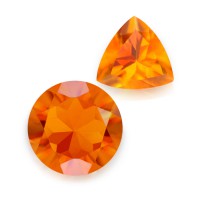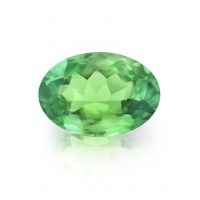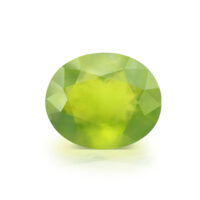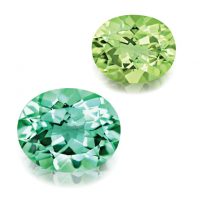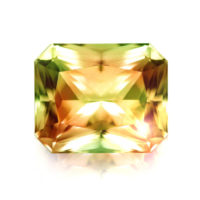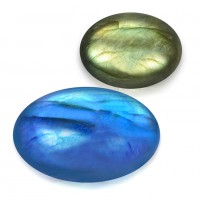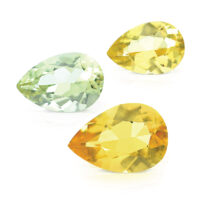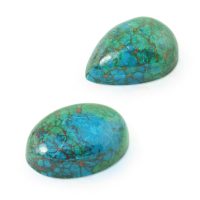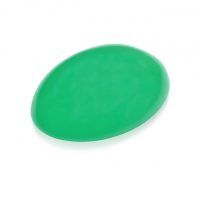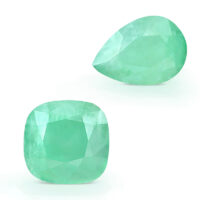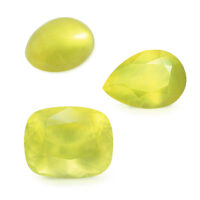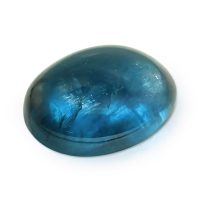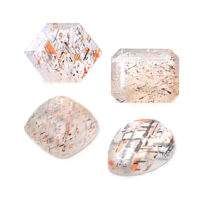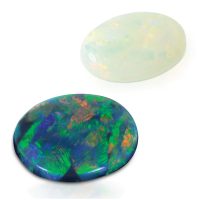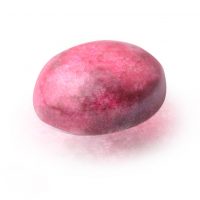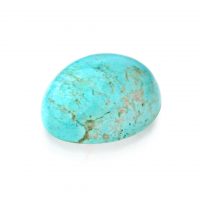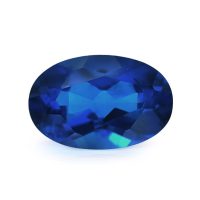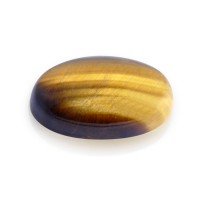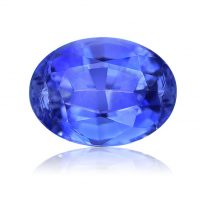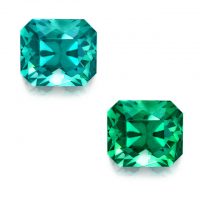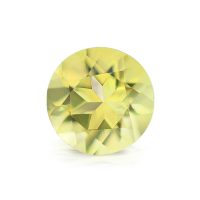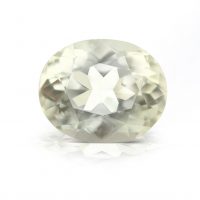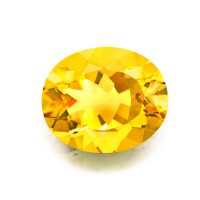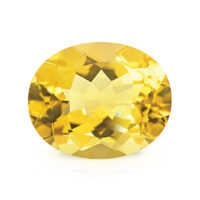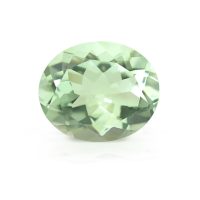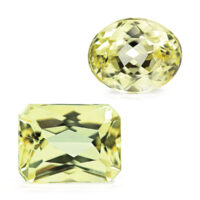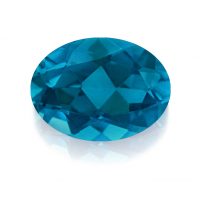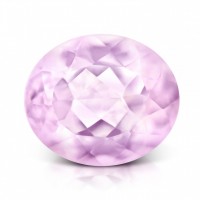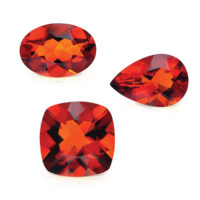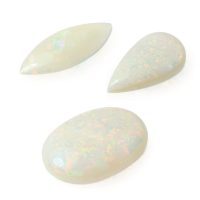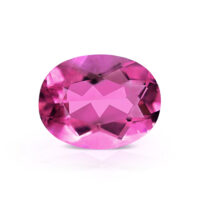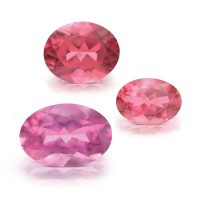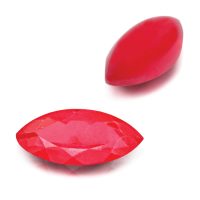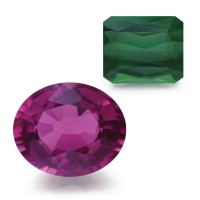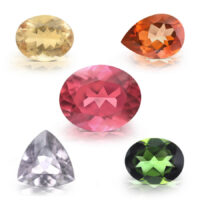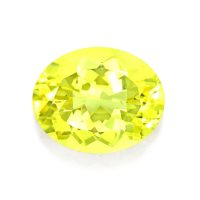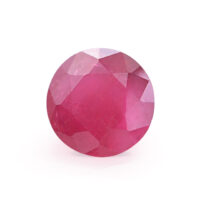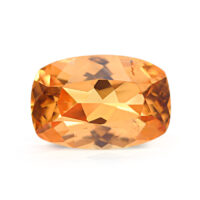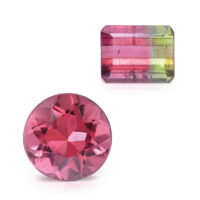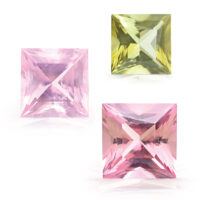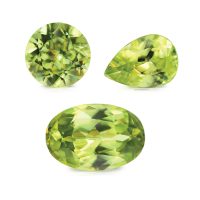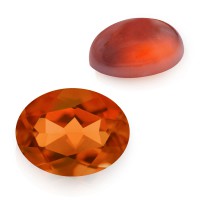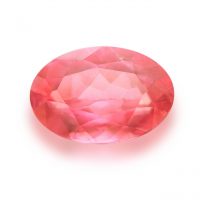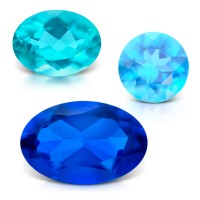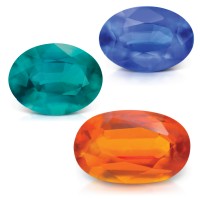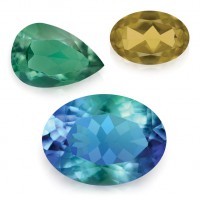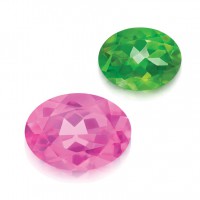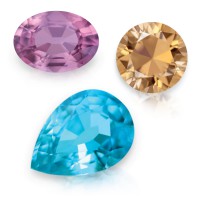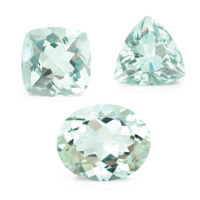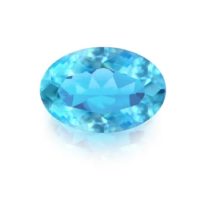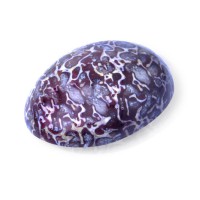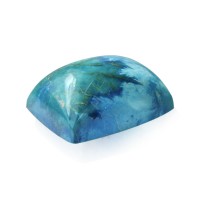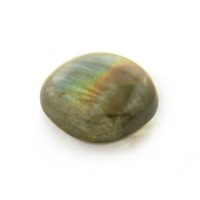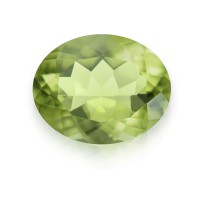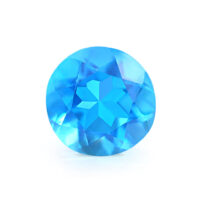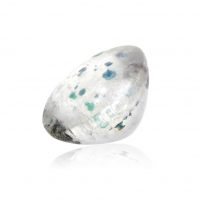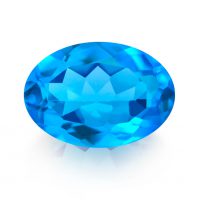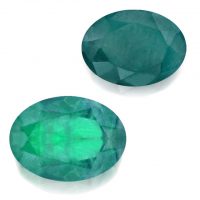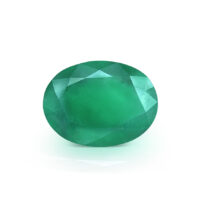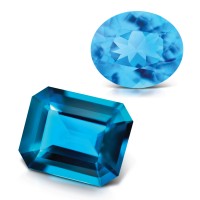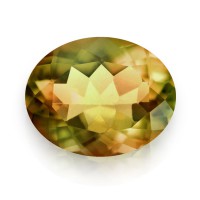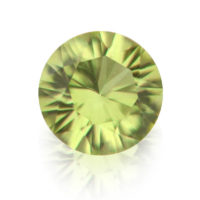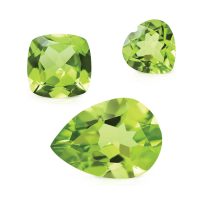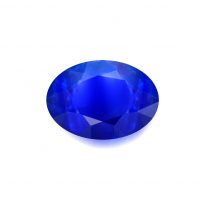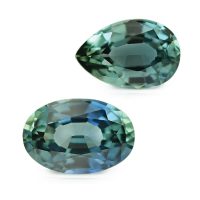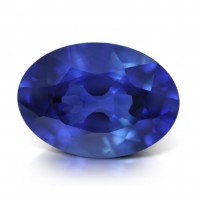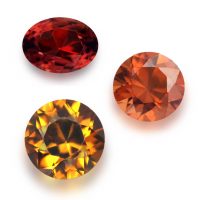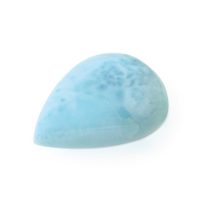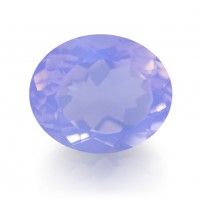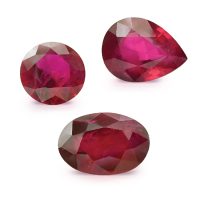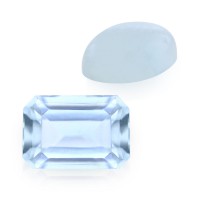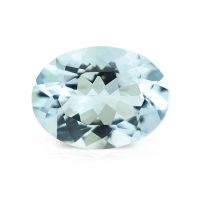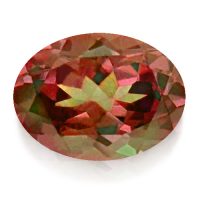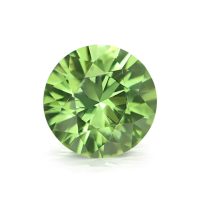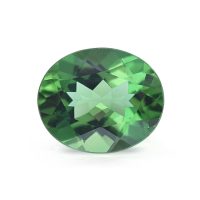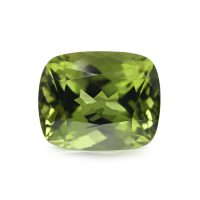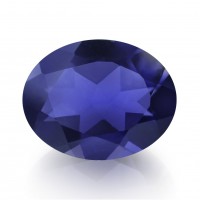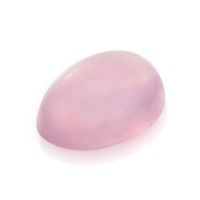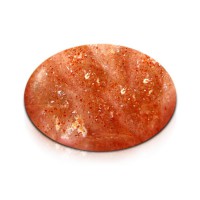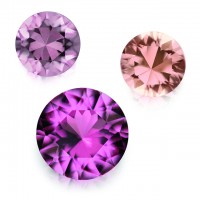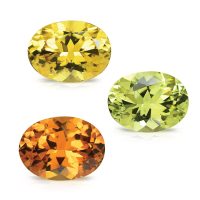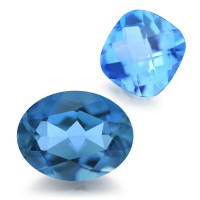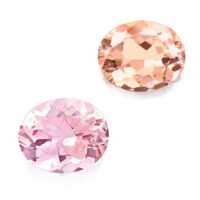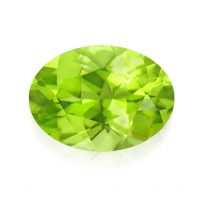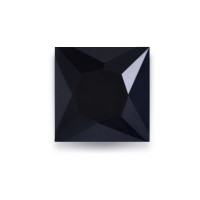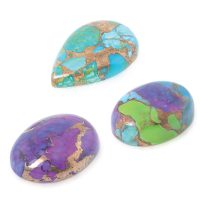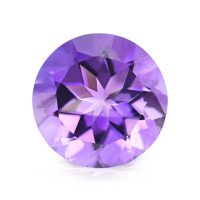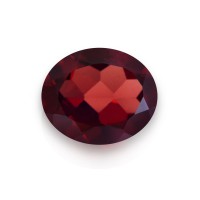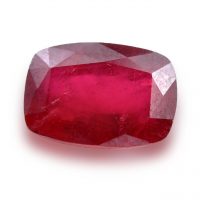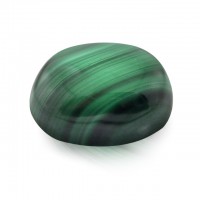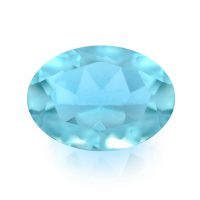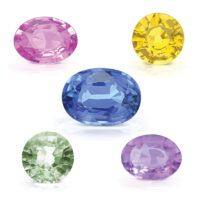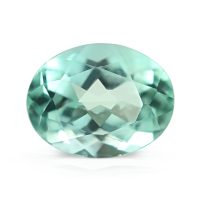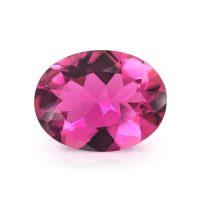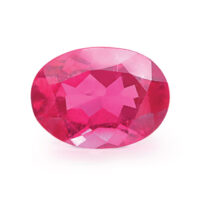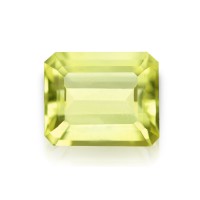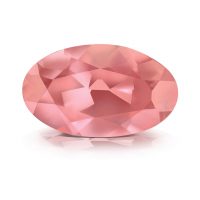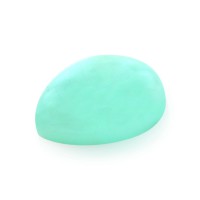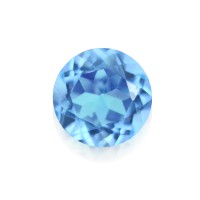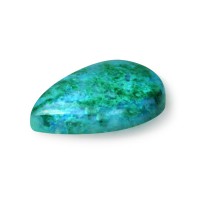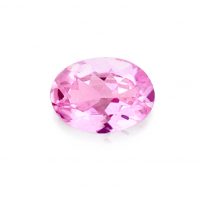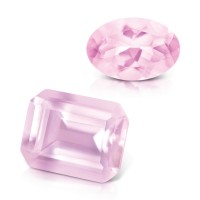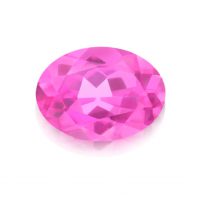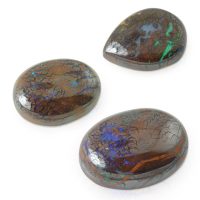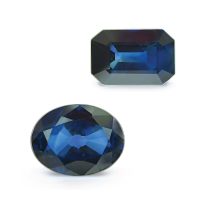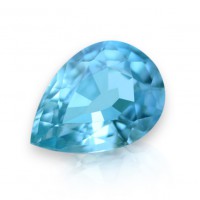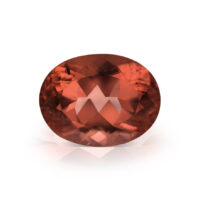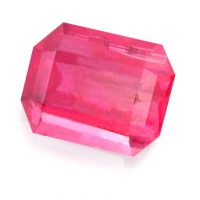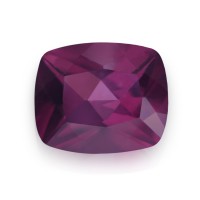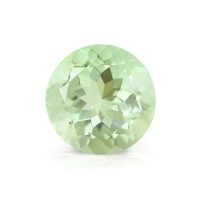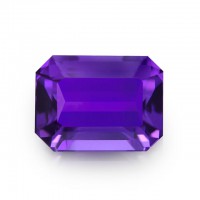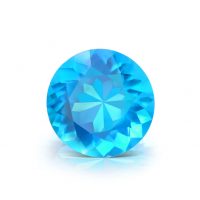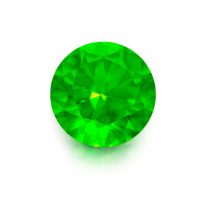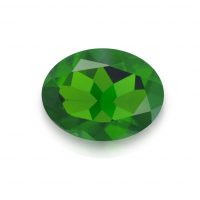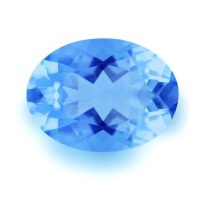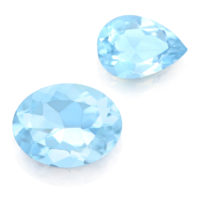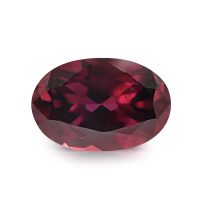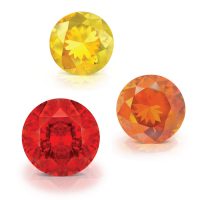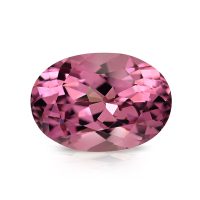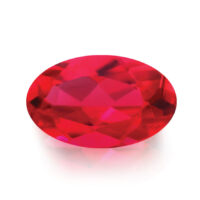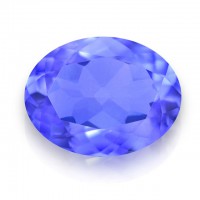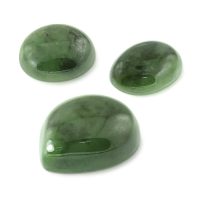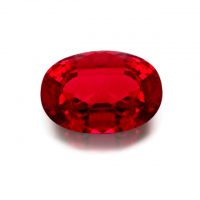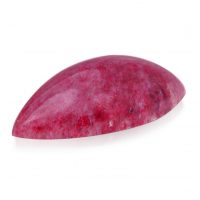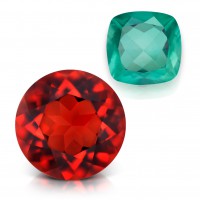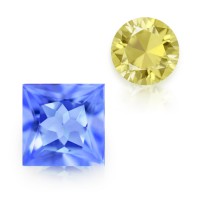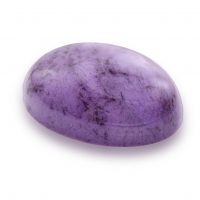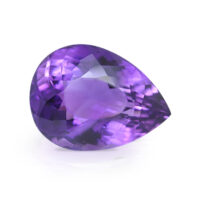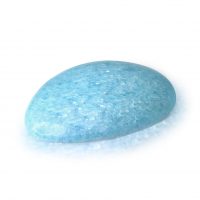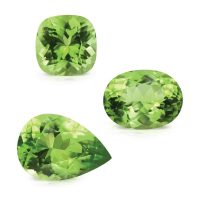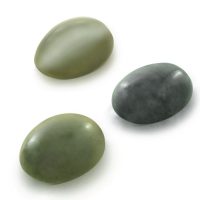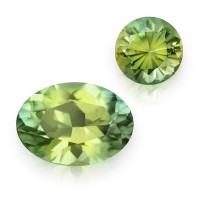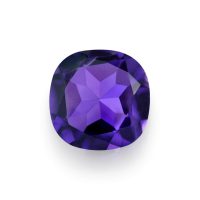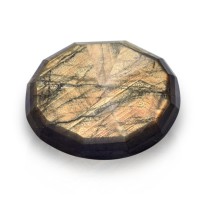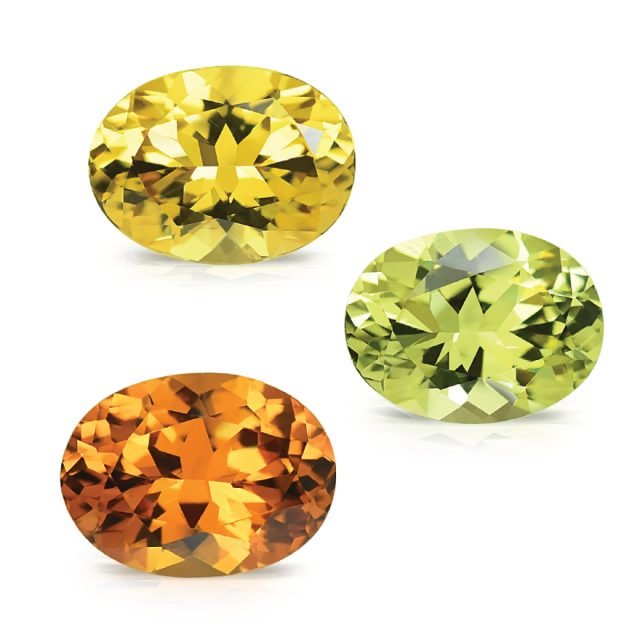

Discovered in 1994, Mali Garnet’s named for its only source, the west African nation of Mali. With bright autumnal hues, spectacular brilliance, and excellent fire, Mali Garnet is an extremely beautiful, yet exceedingly scarce, all-natural hybrid of two rare Garnets. Perfect for jewelry, Mali Garnet’s Grossular (i.e. Tsavorite) lineage affords fantastic brilliance, high-clarity and wear-ability, while its Andradite (i.e. Demantoid) heritage provides superb fire and luster. One of the newest members of the Garnet family, Mali Garnet is undeniably exclusive, with most historically mined over 20 years ago.
Hardness 7
Refractive Index 1.760 - 1.780
Relative Density 3.49 - 3.85
Enhancement None
Beauty
Mali Garnet beautifully displays bright and uniform greens, golds, yellow-greens, and yellows in a range of highly-prized saturations (strength of color) and tones (lightness or darkness of color), noting these command higher prices than those with brownish hues.
While clarity, cut and size dramatically impact pricing, Mali Garnet’s excellent brilliance due to its high refractive index (1.77 on average; Diamond, the most brilliant natural gemstone, 2.42), extreme scintillation (sparkle or play of light), and superb fire (dispersion, splitting light into its component colors) are also key to its value. Boosting both beauty and value, fantastic fire results in exceptionally brilliant gemstones with a spectacular brightness. While all gemstones of a large size exhibit fire, Sphalerite (0.156) is the world’s most dispersive gemstone, followed by Andradite/Demantoid (0.057), Cerussite (0.055), Sphene (0.051), Diamond (0.044) and Zircon (0.039). Ideal for jewelry, Mali Garnet (0.028 – 0.057, depending on variable Andradite) ranks highly among the most dispersive jewelry gemstones.
Mali Garnet’s signature, fiery brilliance is dependent on optimal lapidary, with ours skillfully preformed by American master-cutter Mark Kaufman, and optimally faceted by his dedicated team of expert gem cutters located in the legendary gemstone country of Sri Lanka (Ceylon), home to some of the world’s best lapidaries. Each crystal is carefully orientated to maximize colorful brilliance, maintaining a high-polish/luster, an attractive overall appearance (outline, profile, proportions, and shape), and an eye-clean clarity, the highest quality clarity grade for colored gemstones as determined by the world’s leading gemological laboratories.
January’s birthstone, Garnet’s name is derived from the Latin ‘granatus’ (from ‘granum’, which means ‘seed’) due to some Garnets’ resemblance to pomegranate seeds. Coming in blues, chocolates, greens, oranges, pinks, purples, reds and yellows, Garnets are a group of minerals possessing similar crystal structures, but varying in composition. Translucent to transparent, Mali Garnet is a natural blend of Andradite (calcium iron silicate) and Grossular (calcium aluminum silicate), ranging in color from almost Tsavorite green to yellow-green, yellow, golden, and brown. Also known as ‘Grandite’ due to its composition, Mali Garnets are predominantly Grossular with variable Andradite providing its characteristic dispersion. Some exceedingly scarce Mali Garnets also display color change, alternating from ‘grayish-green’ in fluorescent light, to ‘brown’ in incandescent. Named ‘Grossularite’ in 1808 by German geologist Abraham Gottlob Werner (1749 – 1817), due to its color similarity to gooseberries, green Tsavorite is Grossular Garnet’s most acclaimed variety. Interestingly, the other green Garnet, Demantoid is Andradite’s most famous type. Andradite is named after Brazilian statesman José Bonifácio de Andrada e Silva (1763 – 1838), the first geologist to give it a description. Used in adornment for over 5,000 years, Garnets were popular in ancient Egypt from around 3100 BC, being used as beads in necklaces as well as inlaid jewelry (gems set into a surface in a decorative pattern). Garnet’s many myths frequently portray it as a symbol of light, faith, truth, chivalry, loyalty and honesty. In Judaism, a Garnet is said to have illuminated Noah’s Ark and Garnet (carbuncle) was also one of the gems in the ‘breastplate of judgment’ (Exodus 28:15-30), the impetus for birthstones in Western culture. Crusaders considered Garnet so symbolic of Christ’s sacrifice that they set them into their armor for protection. In Islam, Garnets illuminate the fourth heaven, while for Norsemen, they guide the way to Valhalla. A Grimm’s fairy-tale even tells of an old lady, who upon rescuing an injured bird was rewarded for her kindness with a Garnet that glowed, illuminating the night.
Rarity
Mali’s Kayes Region is this gemstone’s only known source. Although Garnets from this region were initially reported in 1914, the 1994 discovery was the first-time gem-quality crystals were found in significant quantities. Mali Garnet is mined from alluvial deposits (gems deposited by river), with most crystals rounded and waterworn. Mali Garnet has been recovered from various localities in the Kayes Region, in both Bafoulabé Cercle and Kayes Cercle (administrative divisions), with the original diggings located on the Diakon Arrondissement (local government administration) within a 15-kilometer radius. Access to the mining area is difficult, with the closest major town of Kayes 400 kilometers by train from Bamako, Mali’s capital. From Kayes, it’s 170 kilometers on partially paved roads, followed by another 30 kilometers of unpaved roads to the mining areas.
In the years following its initial discovery, noteworthy amounts were unearthed, resulting in both skyrocketing popularity and fluctuating prices. While the area experienced a major gem-mining rush (1994 – 1995), today its mines are largely abandoned. With mining now dramatically reduced, prices steadily increase.
A highly-respected American gem collector and lapidary since 1975, Mark acquired this rough circa 1999. Vaulted for later use, he’s been cutting these crystals piecemeal since 2021. Interestingly, Mali Garnet crystals are very large, but must be broken apart to find the gemmy nodules suitable for cutting. The cutting yield is initially around 30 percent, noting the typical return on a gem mineral is 20 – 35 percent, with around 10 percent breaking during polishing due to internal stress. Although they’re still finding large crystals at Kayes, very little is gemmy when broken open, with most in the marketplace historic mining. With large crystals especially scarce for this rare Garnet, prices dramatically increase with size.
While over 90 percent of gemstones enhanced, Mali Garnet is also totally natural and unenhanced, accentuating desirability, rarity and value.
Durability & Care
Mali Garnet (Mohs’ Hardness: 7) is an excellent choice for everyday jewelry. Mali Garnet should always be stored carefully to avoid scuffs and scratches. Clean with gentle soap and lukewarm water, scrubbing behind the gem with a very soft toothbrush as necessary. After cleaning, pat dry with a soft towel or chamois cloth.
Map Location
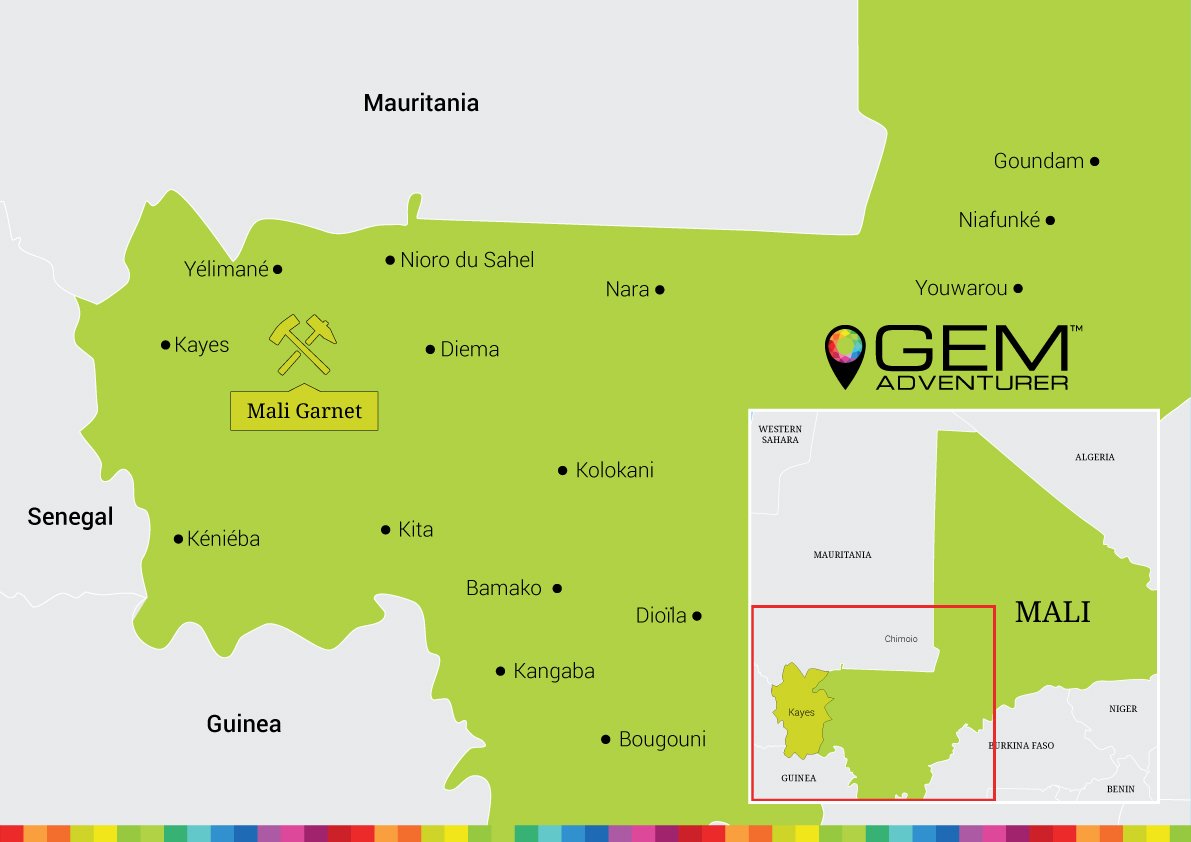
Click map to enlarge
